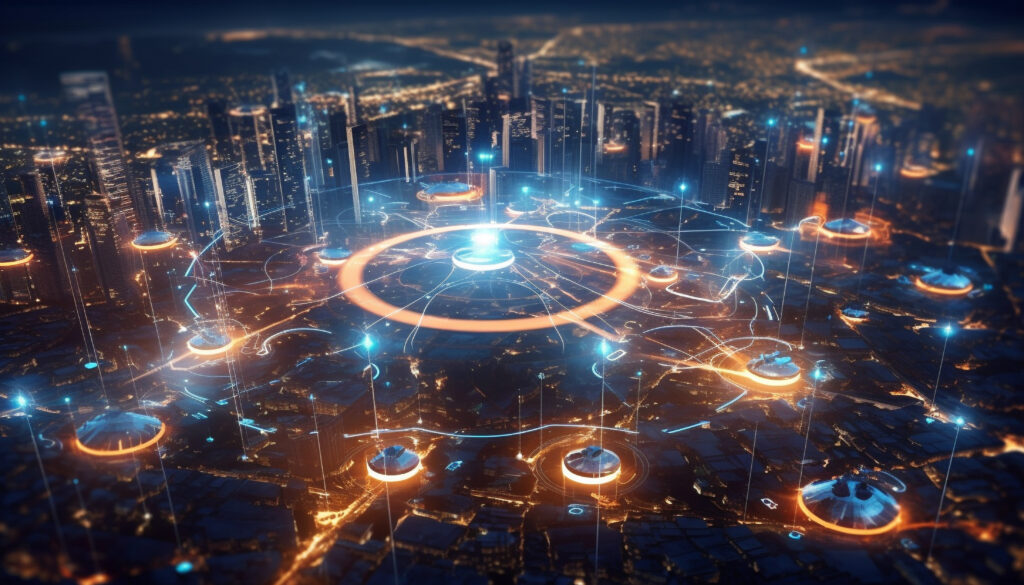So what is geofencing? Ever walked into a store and received a coupon on your phone just as you’re about to shop? Or maybe you’ve noticed ads on your mobile for a nearby restaurant when you’re wandering in a new city? This isn’t magic—it’s geofencing. Today, we’re diving deep into what geofencing in marketing is, with real-life examples from geofencing in Louisville and Indianapolis.

Breaking It Down
Geofencing, in its simplest terms, is a virtual fence around a specific geographic area. In the world of marketing, businesses can set up these fences to send messages or ads to your smartphone once you enter that designated zone. This stems from a specific mile radius around a location, a parcel of land, or even walls of a specific building. How Does Go Hamm Digital Marketing use geofencing to create advanced marketing strategies?
A Tale of Two Cities
Imagine you’re a huge baseball fan, and you’re attending a game at the Louisville Slugger Field. As soon as you step inside the “geofenced” area around the stadium, you get a notification offering you a special deal on a meal at a nearby restaurant. That’s geofencing in action, making your baseball outing even more memorable.
Now, let’s travel to Indianapolis, home to the famed Indianapolis Motor Speedway. An auto parts retailer in the city has set up a geofence around the Speedway. So, when racing fans come for the Indy 500, they might receive a special discount on car accessories or merchandise as soon as they’re nearby. This helps the retailer attract those passionate about cars, increasing their chances of making a sale.
Industries with High Geofencing Use Cases
Retail: Stores use geofencing to offer special deals to nearby customers, increasing foot traffic and sales.
Restaurants: Hungry? If you’re near a geofenced restaurant, you might receive tempting food offers or discounts.
Real Estate: Agents can set up geofences around properties for sale. Potential buyers nearby can then get info or open house invitations.
Event Venues: Just like our Louisville example, stadiums or concert halls can use geofencing to enhance visitor experiences with promotions or info.
Healthcare: Hospitals might use geofences to remind patients of appointments or direct them to specific departments.
The Future of Geofencing
Geofencing in marketing has a bright future. As technology advances, these virtual fences will become even more precise. We might see more personalized offers, where businesses cater promotions directly to our individual preferences. Furthermore, with the rise of augmented reality (AR), imagine walking into a geofenced area and seeing virtual objects or signs related to promotions through AR glasses or apps.
In conclusion, geofencing is a fascinating blend of technology and marketing, helping businesses connect with customers in real-time, based on their location. It’s a clear sign of how tech can make our daily experiences richer and more personalized. So, next time your phone pings with a special offer as you walk by a store, you’ll know—it’s geofencing working its magic!